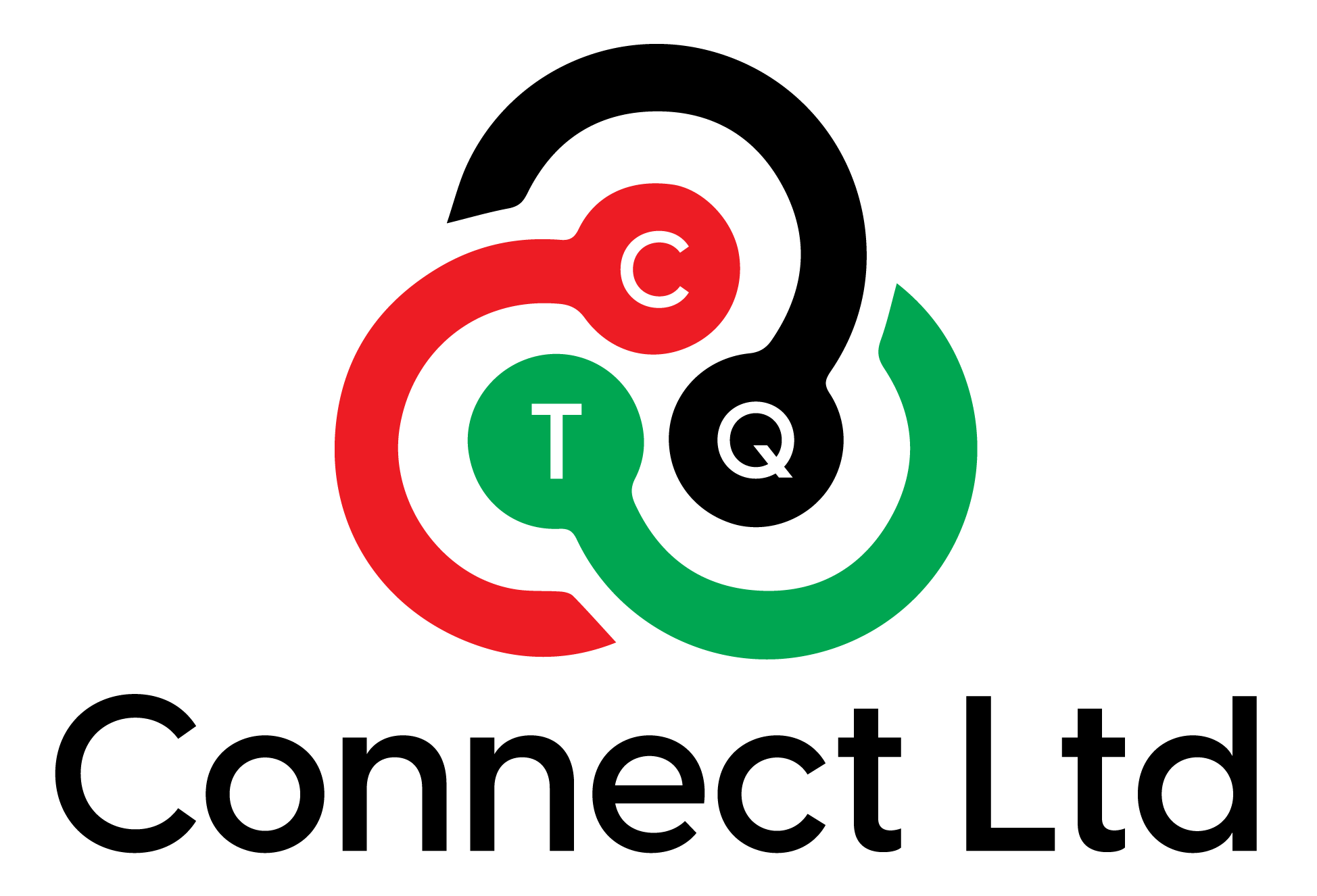In the realm of business management, Material Requirement Planning (MRP) stands out as a crucial tool that can significantly influence profitability and operational efficiency. For businesses aiming to optimize their production processes, mastering MRP is not just beneficial—it’s essential. This beginner’s guide aims to demystify MRP, exploring its principles, benefits, and how it can be effectively implemented in your business.
What is Material Requirement Planning (MRP)?
Material Requirement Planning (MRP) is a production planning, scheduling, and inventory control system used to manage manufacturing processes. At its core, MRP is designed to ensure that materials and products are available for production and delivery to customers while minimizing inventory costs. It involves determining the quantity and timing of material purchases and production schedules based on forecasted demand and production plans.
Key Components of MRP
Master Production Schedule (MPS): The MPS outlines what needs to be produced, in what quantities, and when. It is the driving force behind the MRP system, providing a detailed plan for production and assembly.
Bill of Materials (BOM): The BOM lists all the raw materials, components, and sub-assemblies required to produce a finished product. It serves as a recipe for manufacturing, detailing the exact quantities of each material needed.
Inventory Records: This component includes data on current inventory levels, lead times for material procurement, and any existing stock in transit. Accurate inventory records are critical for effective MRP as they help in tracking material availability.
How MRP Works
MRP operates on the principle of backward scheduling. It starts with the MPS and works backward to determine the necessary quantities of materials and their ordering times. Here’s a simplified breakdown of the process:
Determine Requirements: The MPS specifies the finished goods needed. Using the BOM, MRP calculates the required quantities of each component and raw material.
Check Inventory: Compare the required materials with existing inventory levels. MRP identifies any discrepancies between what is needed and what is available.
Generate Purchase Orders: Based on the inventory check, MRP generates purchase orders for materials that are short in supply or need to be ordered in advance.
Schedule Production: MRP schedules the production runs based on the availability of materials and the production capacity of the facility.
Monitor and Adjust: Continuous monitoring is essential. MRP systems track the progress of production and inventory levels, adjusting orders and schedules as needed to address any deviations from the plan.
Benefits of MRP
Improved Inventory Management: By accurately predicting material requirements, MRP helps in maintaining optimal inventory levels. This reduces the risk of overstocking or stockouts, ensuring that materials are available when needed without tying up excessive capital in inventory.
Enhanced Production Efficiency: MRP streamlines production scheduling, reducing downtime and improving the efficiency of manufacturing operations. It aligns material availability with production schedules, minimizing delays.
Cost Savings: Effective MRP reduces carrying costs and minimizes waste. By optimizing inventory levels and scheduling, businesses can achieve significant cost savings in procurement and production.
Better Customer Service: With precise scheduling and inventory control, businesses can improve their ability to meet customer demands on time. This leads to higher customer satisfaction and loyalty.
Implementing MRP in Your Business
Assess Your Needs: Start by evaluating your production processes, inventory management, and overall business requirements. Identify areas where MRP could provide the most benefit.
Choose the Right MRP System: There are various MRP software solutions available, ranging from basic to advanced systems. Choose one that aligns with your business size, complexity, and budget.
Data Integration: Ensure that your MRP system integrates seamlessly with other business systems, such as accounting, sales, and supply chain management. Accurate data input is crucial for effective MRP.
Train Your Team: Proper training for your staff is essential for successful MRP implementation. Ensure that your team understands how to use the system and the importance of accurate data entry.
Monitor and Refine: After implementation, continuously monitor the performance of your MRP system. Be prepared to refine processes and adjust settings based on real-world feedback and evolving business needs.
Conclusion
Material Requirement Planning is a powerful tool for businesses looking to enhance their production efficiency, manage inventory effectively, and ultimately increase profitability. By understanding the core principles of MRP and implementing it thoughtfully, businesses can streamline their operations, reduce costs, and improve customer satisfaction. Integrating CTQ Connect into your MRP system can further refine your processes and ensure that you are meeting critical quality requirements. Whether you’re new to MRP or looking to optimize your existing system, mastering this crucial aspect of business management can pave the way for sustained success and growth.


